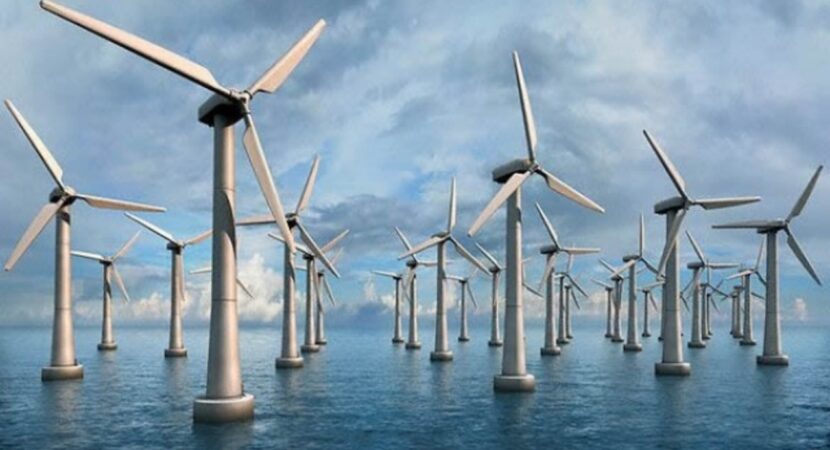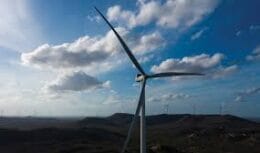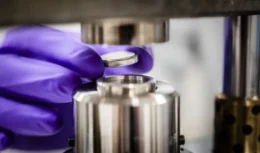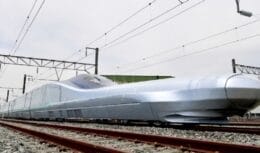
Integrating offshore wind energy with oil and natural gas production could soon become a reality in Brazil
The idea of integrating the wind energy market in offshore oil and natural gas is an idea to think about for the future, after all, the offshore wind energy market is still maturing in Brazil and should go a long way ahead.
Read also
Letícia Andrade participated in Backstage Rio Oil & Gas this Tuesday. See the full interview in the video below.
In Brazil, Equinor recently announced in an interview with Reuters that it is looking for investment opportunities in the Brazilian offshore wind market. IBAMA of the Aracatu I and Aracatu II offshore wind energy parks, with 4 GW, 2 GW each and the possibility of expansion to 2,33 GW. These are two projects with great potential that could go from being pioneers to perhaps becoming the driving force behind the offshore wind energy market in Brazil.
Partnerships, support and scale are essential to realizing wind power in offshore oil and natural gas
Offshore wind energy will play a pivotal role in the production of green hydrogen and the decarbonization of heavy industry if oil and natural gas industry leaders along the value chain work together.
If partnerships are created, he suggested, and if there is enough support from governments, the cost of green hydrogen from wind energy in the offshore oil and natural gas market could drop dramatically, potentially to less than €2,0/kg ($2,40) by the mid-2030s, making it cost-competitive with carbon-based alternatives.
“We need to build value chains,” explained Ms. Born. “We need to understand the demand side and establish who needs green hydrogen and how much. We need to establish what the cost impact of switching from steel production to green hydrogen might be or how much green hydrogen a rail network might need.












